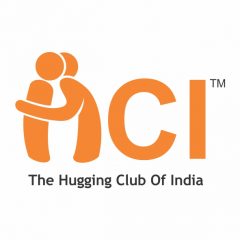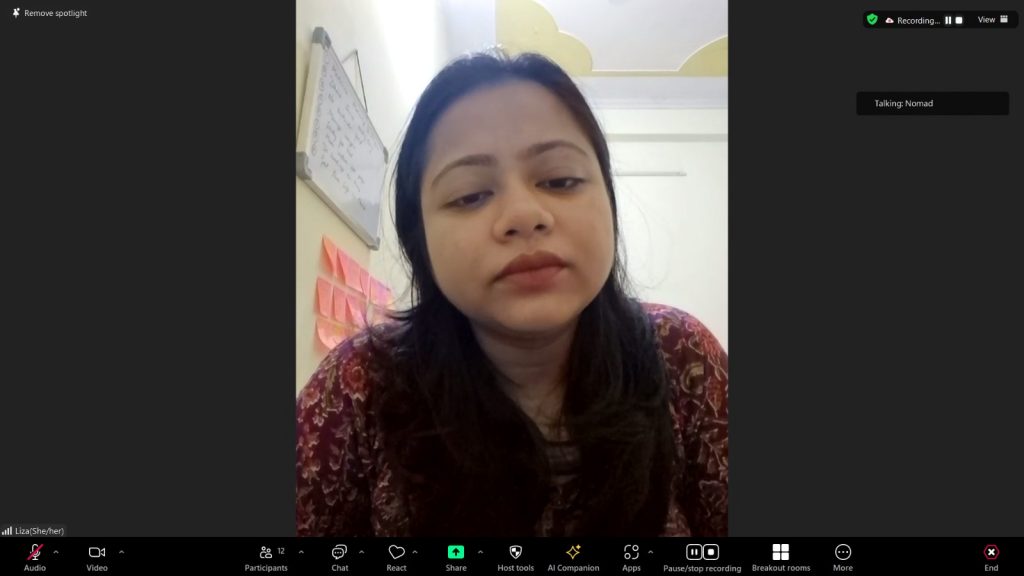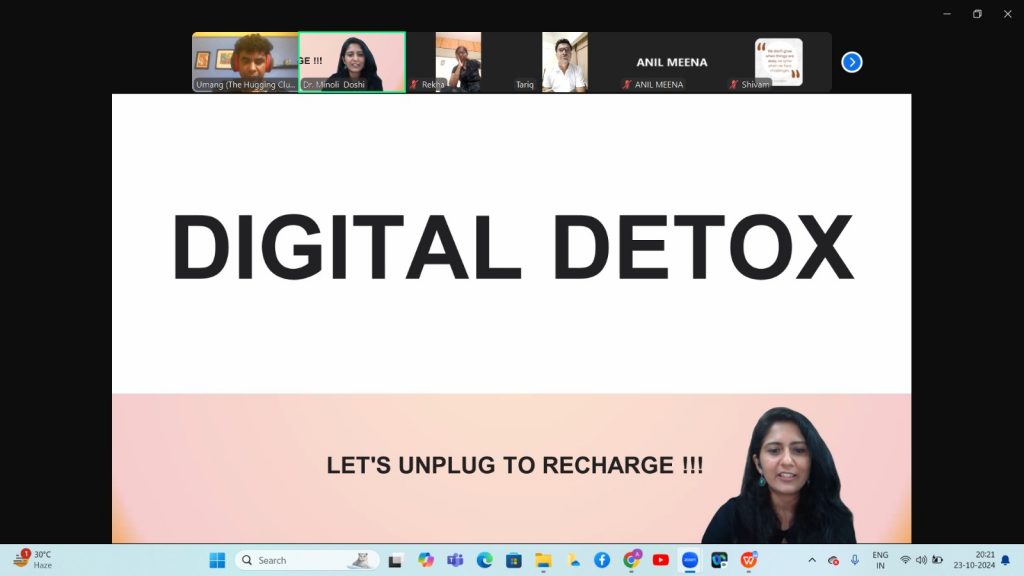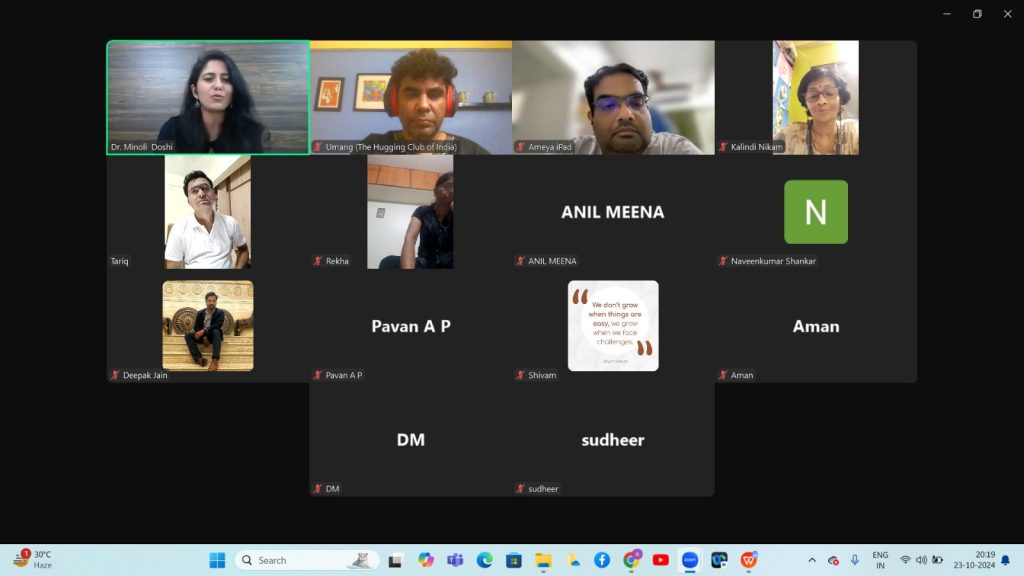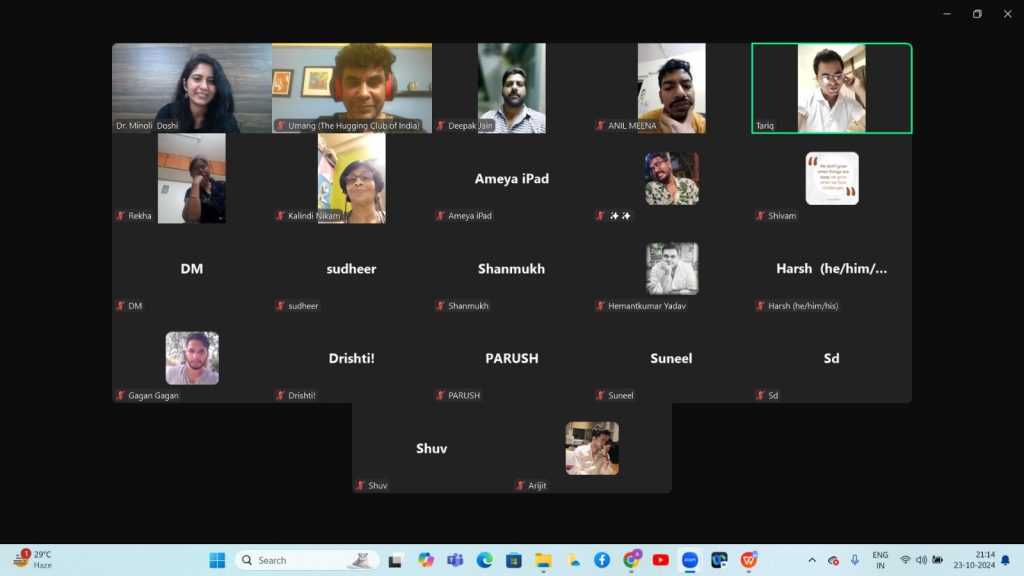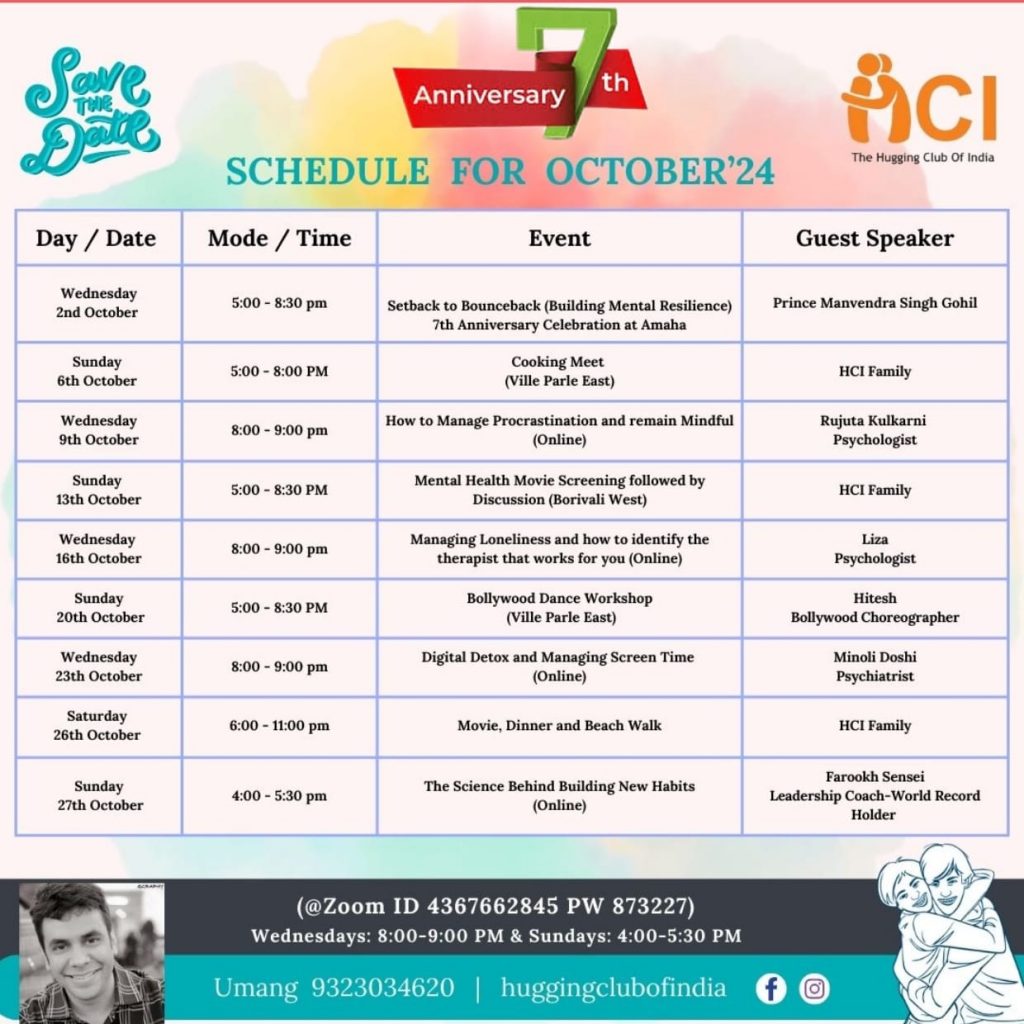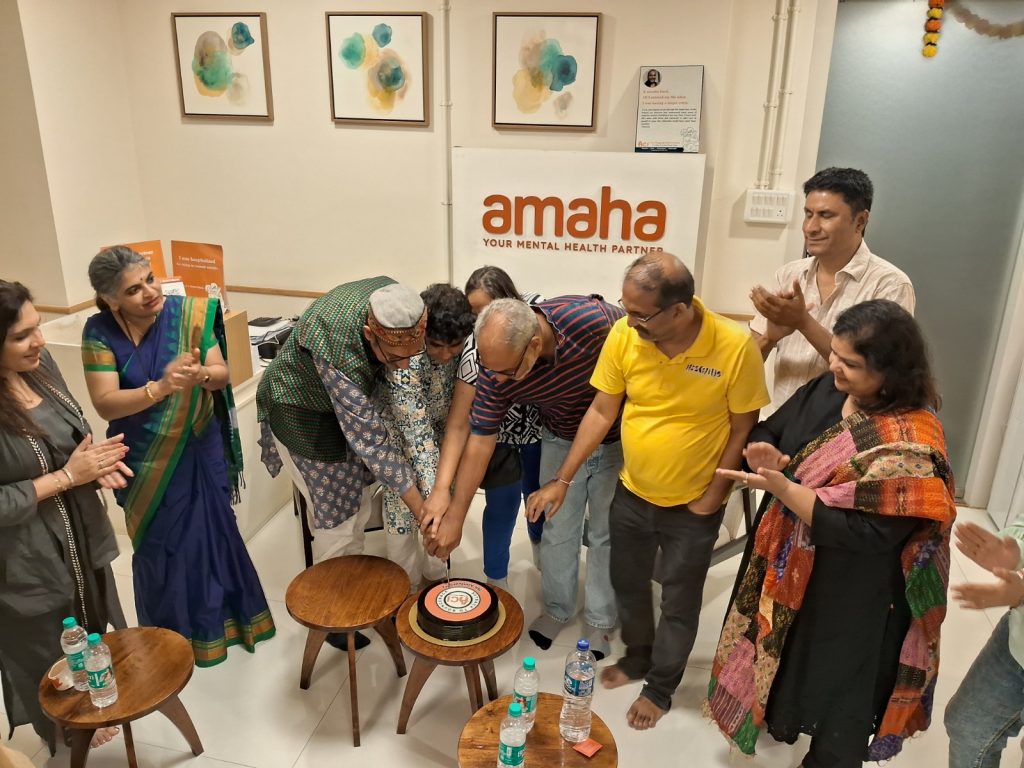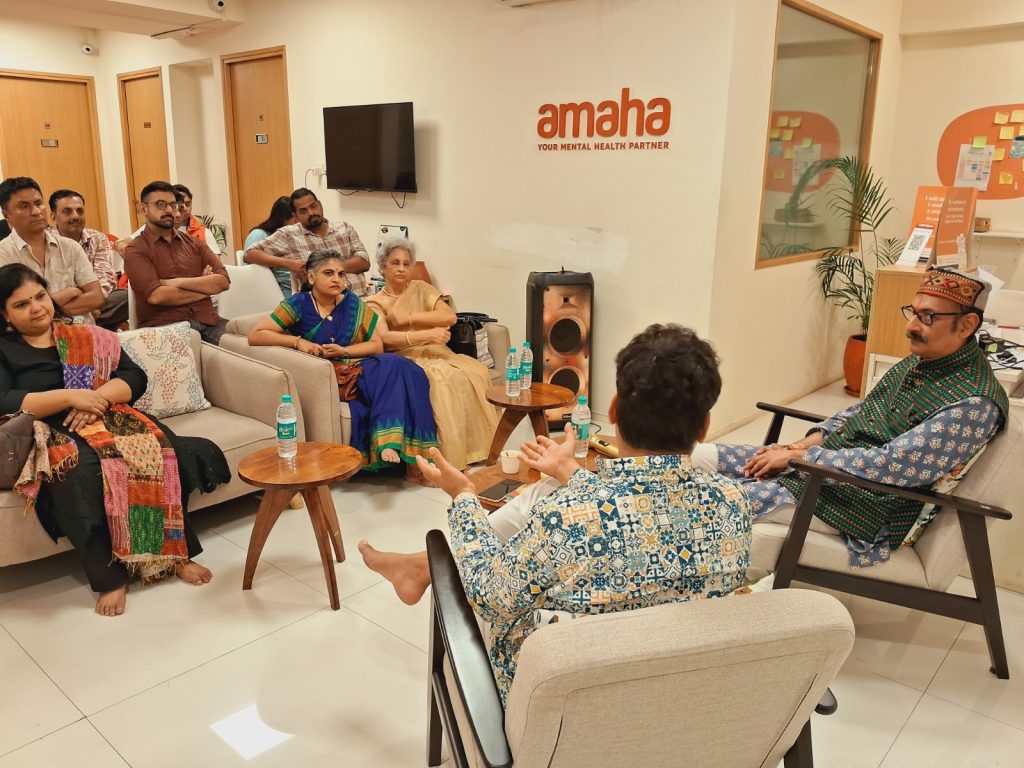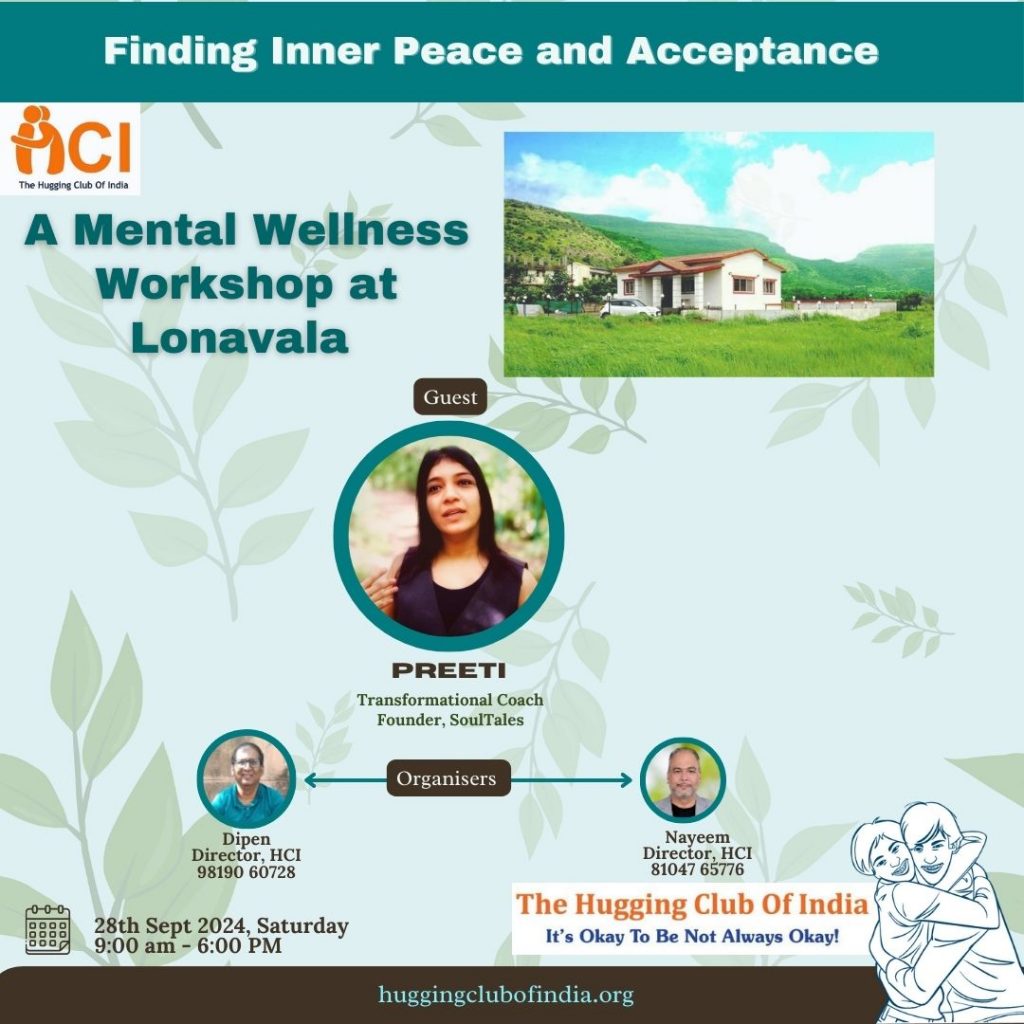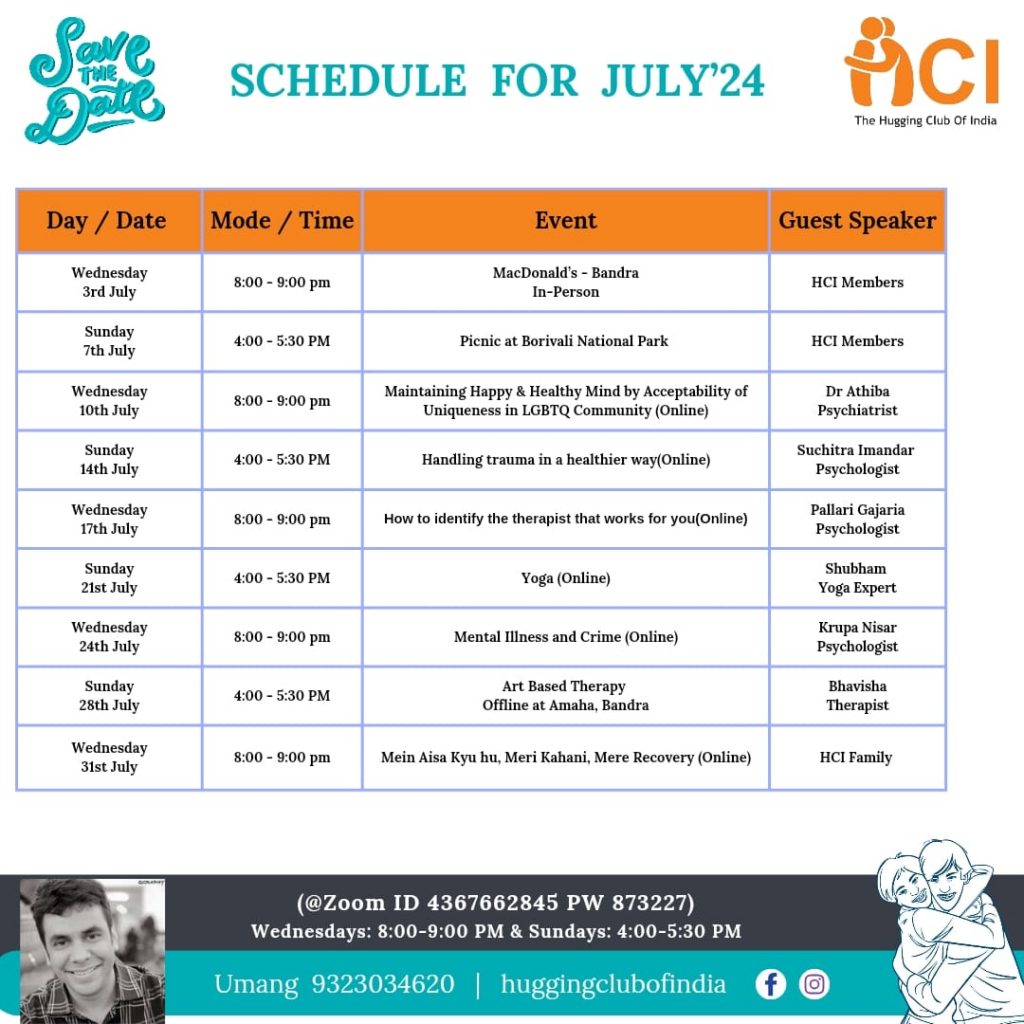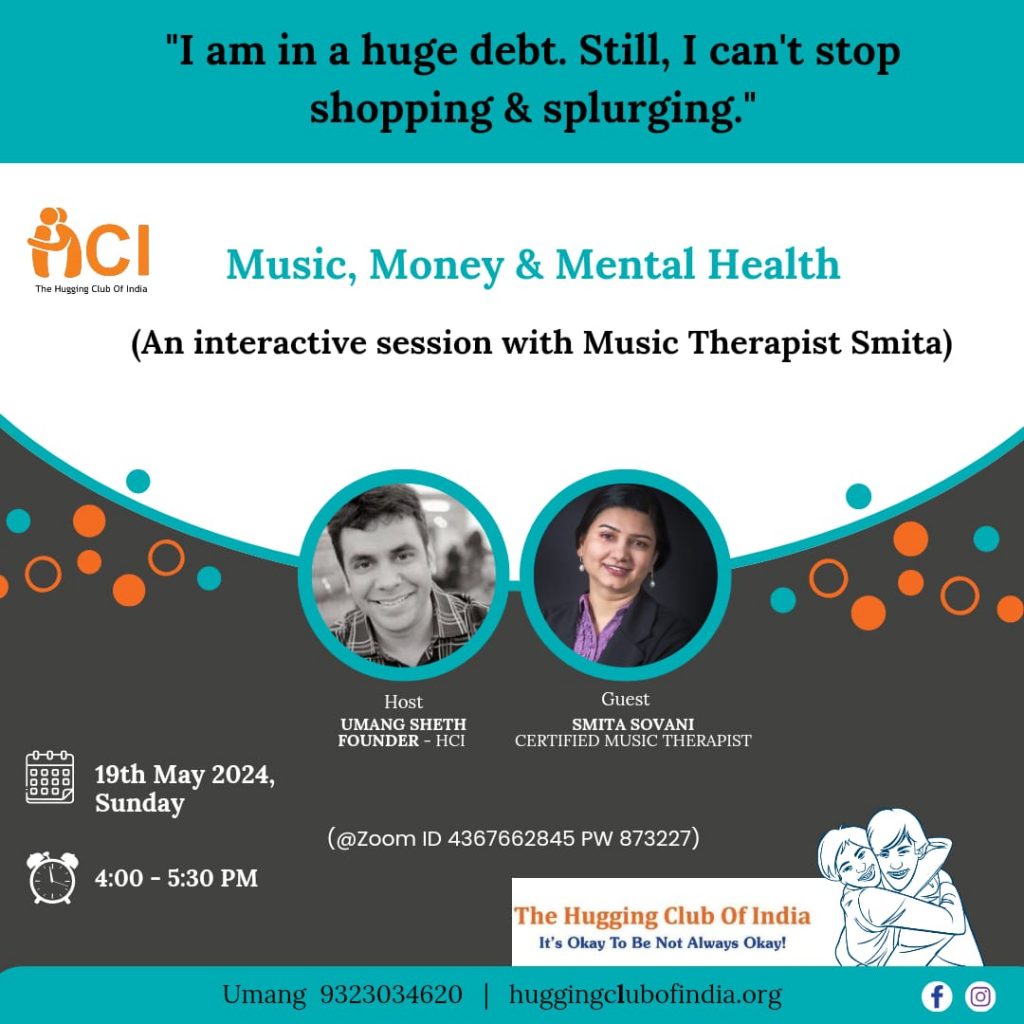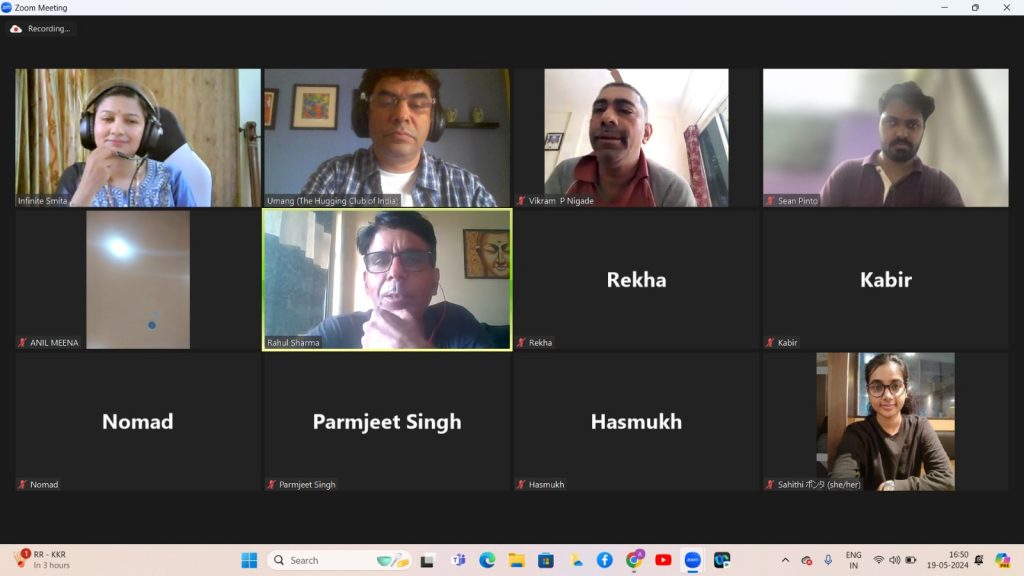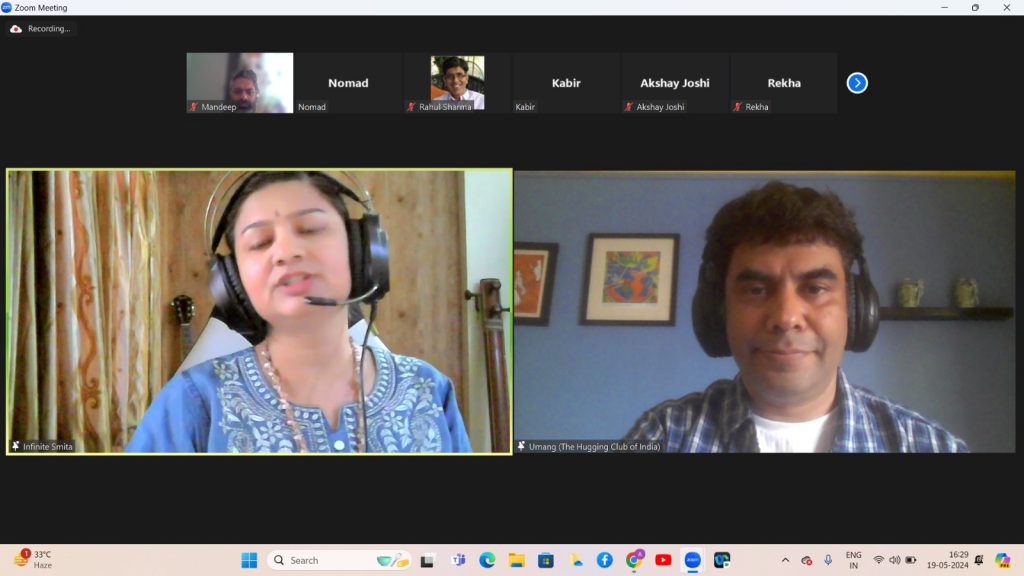
Mental health challenges are often silent battles, fought behind closed doors. For many, the struggle to maintain mental well-being while pursuing academic and professional goals can feel overwhelming. Prasoon’s story, shared at the Hugging Club of India, is a powerful testament to resilience, showing that even in the darkest moments, recovery and success are possible.
His journey—filled with misdiagnoses, setbacks, and eventual breakthroughs—offers hope to those grappling with mental illness. It also highlights the urgent need for better mental health awareness, accurate diagnosis, and compassionate care in our society.
This article delves into Prasoon’s life, exploring:
– His early struggles with undiagnosed mental illness.
– The breaking point that nearly cost him his life.
– The long, difficult road to proper treatment.
– How he rebuilt his life and is now thriving as a PhD student in AI.
By sharing his story, we hope to inspire others facing similar battles and encourage open conversations about mental health.

Chapter 1: The Early Struggles – A Bright Mind in Crisis
Prasoon grew up in a small town in India, where academic excellence was highly valued. As a child, he was naturally gifted in studies, excelling without much effort. Until Class 7, life seemed smooth—he was a top student, participated in co-curricular activities, and had a supportive family.
A Promising Start
But beneath the surface, something was shifting.
The First Signs of Trouble
Around 2010, Prasoon began experiencing unexplained emotional turmoil. He felt intense anxiety, obsessive thoughts, and a deep sense of isolation. At home, he would struggle with overwhelming emotions, yet in school, he maintained a composed exterior.
The Problem?
– **No Awareness of Mental Health:** He didn’t know terms like *OCD, depression*, or *anxiety*.
– **Misdiagnosis:** When he confided in his sisters, they took him to a general physician, who prescribed medications without proper diagnosis.
– **Stigma:** Fear of judgment kept him from speaking openly.
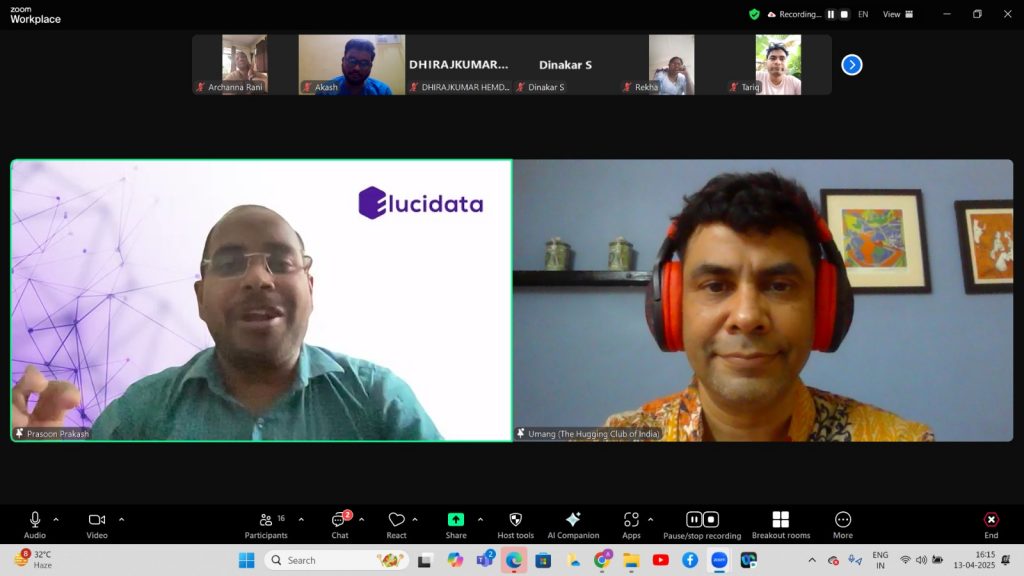
The Downward Spiral
By Class 11, his condition worsened. The pressure of competitive exams (NEET/AIPMT) magnified his struggles. He recalls:
“I wasn’t just worried about failing exams—I was terrified that even if I succeeded, I wouldn’t survive the stress of medical college.”
He made a bold decision: he dropped out of school to seek treatment.
Chapter 2: The Breaking Point – A Suicide Attempt and a Second Chance
The Search for Help
Prasoon traveled to Delhi, visiting top hospitals like AIIMS and RML, hoping for answers. Instead, he faced:
Misdiagnosis: Doctors labeled him with OCD and mixed anxiety-depression but treatments failed.
– Harsh Words: One psychiatrist told his mother, “If he can’t focus on TV, how will he study? He may need lifelong medication.”
– Financial Struggles: His family couldn’t afford private care, leading to exhausting waits in government hospitals.
The Darkest Moment
At 17, exhausted and hopeless, Prasoon attempted suicide by overdosing on his mother’s diabetes medication.
“I was done. I thought, ‘If this is life, I don’t want it.’”
Miraculously, he survived. The experience became a turning point.
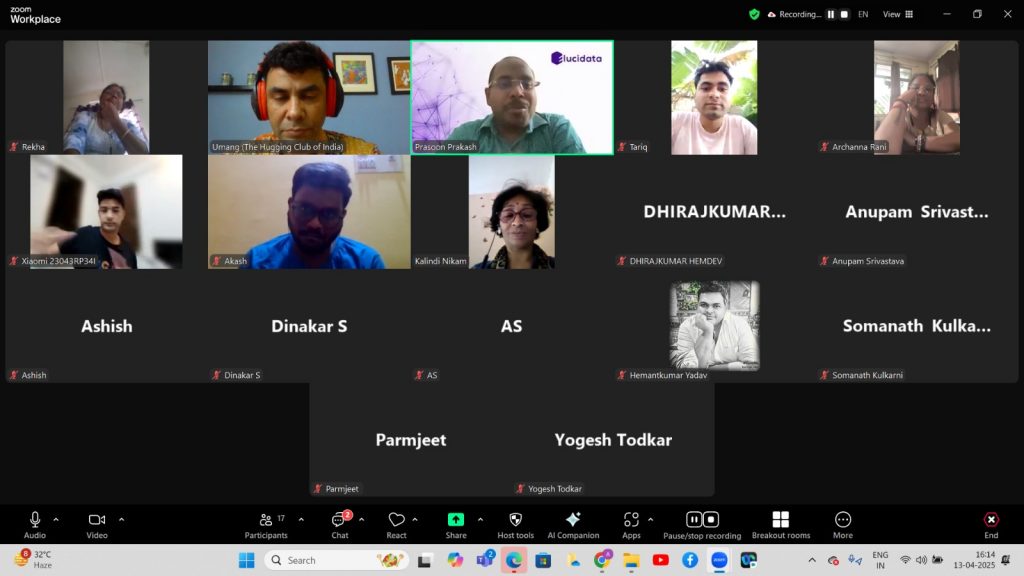
Rebuilding from Scratch
Against all odds, he reappeared for his Class 12 exams as a private candidate—**scoring 80% despite not studying for a year.** His family’s unwavering support kept him going.
Key Lesson:
– “Sometimes, survival is the first victory.”
Chapter 3: The Long Road to Recovery – Trials, Errors, and Hope
The Struggle for Correct Diagnosis
Prasoon’s journey took him to Varanasi, Ranchi, and multiple psychiatrists. Treatments included:
– Medication trials (high-dose SSRIs, antipsychotics).
– Repetitive Transcranial Magnetic Stimulation (RTMS) — a therapy he found ineffective.
– Hospitalizations that left him more traumatized than healed.
Finally, at CIP Ranchi, he received the correct diagnosis:
🔹 Obsessive-Compulsive Personality Disorder (OCPD) —a condition often confused with OCD but requiring different management.
Why Diagnosis Matters
– OCD vs. OCPD:
– OCD: Intrusive thoughts + compulsive behaviors (ego-dystonic).
– OCPD: Extreme perfectionism, rigidity (ego-syntonic—the person doesn’t see it as a problem).
– Misdiagnosis delayed his recovery for years.
I didn’t need more pills—I needed therapy that addressed my thought patterns.”
Chapter 4: Rising Stronger – From Survival to Success
The Power of Resilience
Prasoon’s turning points came from:
1. Self-Advocacy: He questioned doctors, researched his symptoms, and sought better care.
2. Support Systems: His family, mentors, and a few empathetic professionals stood by him.
3. Small Wins: Passing Class 12, re-entering academics, and slowly regaining confidence.
Where Is He Now?
– Pursuing a PhD in AI, proving mental illness doesn’t define potential.
– Publicly sharing his story to break stigma.
– Advocating for better mental healthcare in India.
His Message:
“You have two choices: give up or keep going. I chose to fight.”
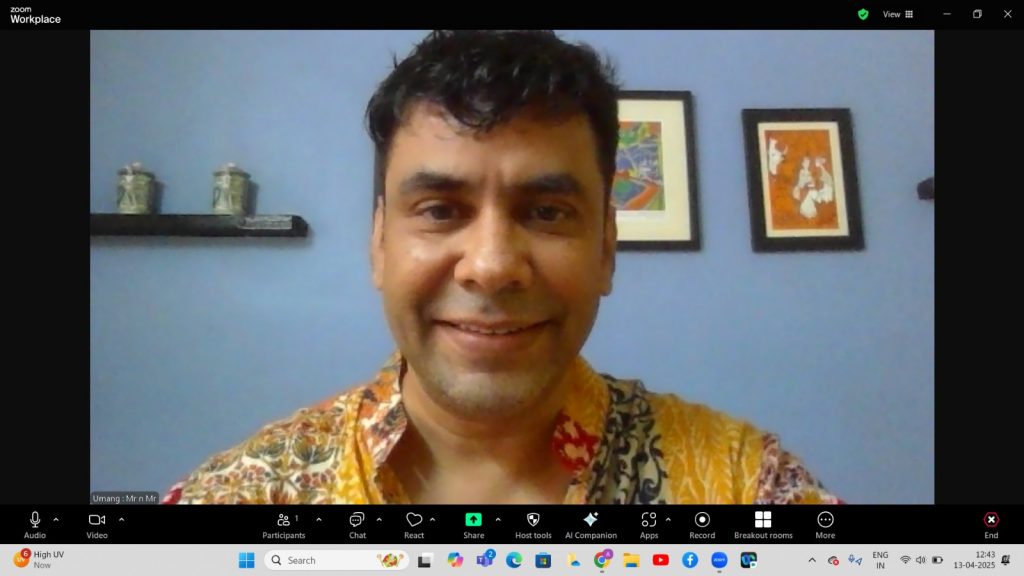
Chapter 5: Lessons for Society – Breaking the Stigma
What Needs to Change?
1. Better Mental Health Education
– Schools should teach students about anxiety, depression, and coping mechanisms.
2. Accurate Diagnoses
– Doctors must differentiate between disorders like OCD and OCPD.
3. Compassionate Care
– Dismissive attitudes (“You’ll never recover”) worsen the struggle.
4. Family & Community Support
– Prasoon’s family’s patience saved his life.
A Call to Action
– Talk openly about mental health.
– Seek help early —don’t wait for a crisis.
– Support organizations like the Hugging Club of India.
Conclusion: The Light After the Storm
Prasoon’s story is not just one of survival—it’s a roadmap for resilience. His journey teaches us:
✅ Mental illness is not a life sentence.**
✅ Correct diagnosis + right support = Recovery.
✅ Every small step forward counts.
If you’re struggling, remember: You are not alone. Help exists. Keep going.
#MentalHealthMatters #BreakTheStigma #Resilience
-Written by Aniket Kundu
(Adapted from Prasoon’s talk at the Hugging Club of India, April 13, 2025.)*
